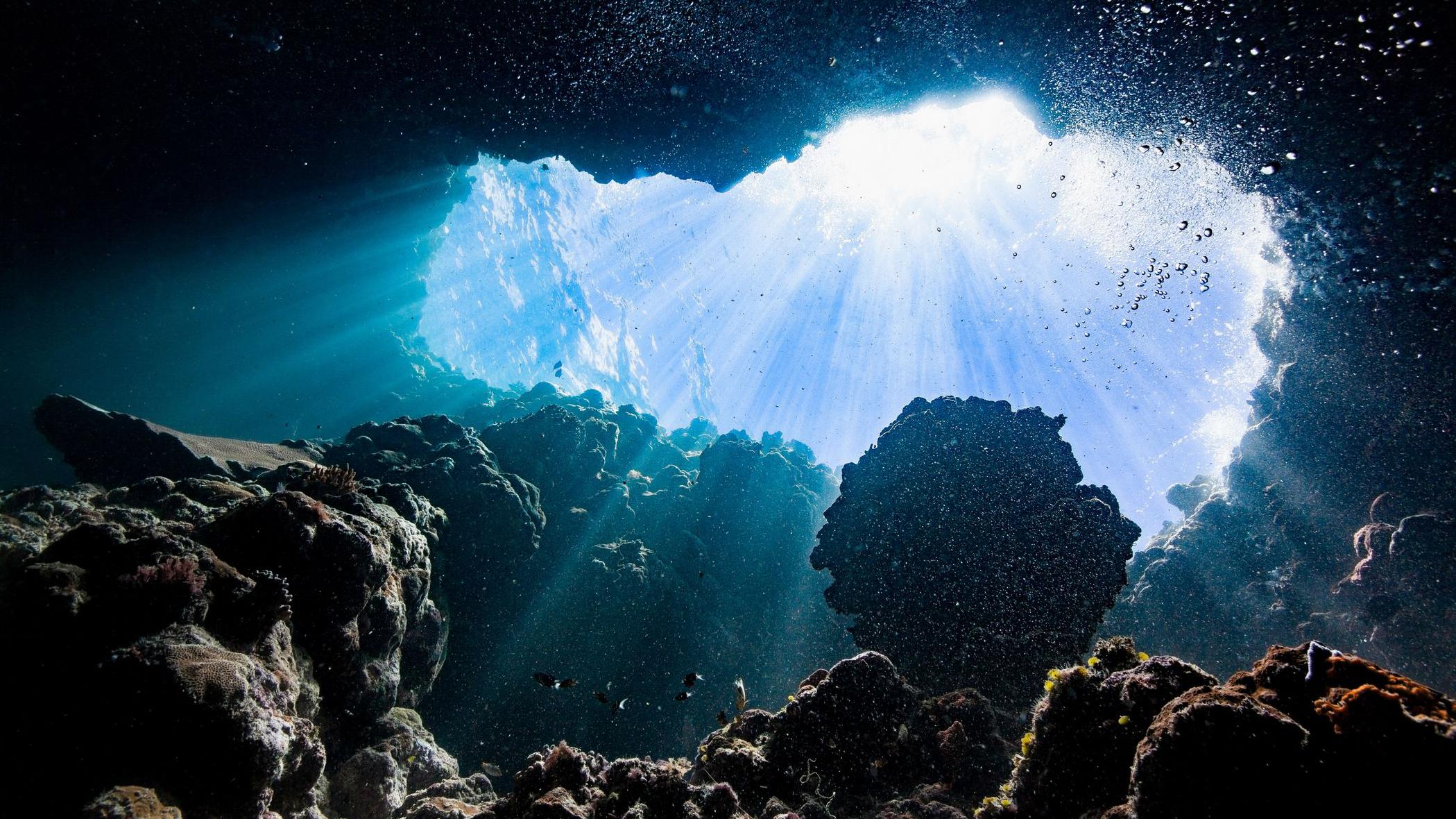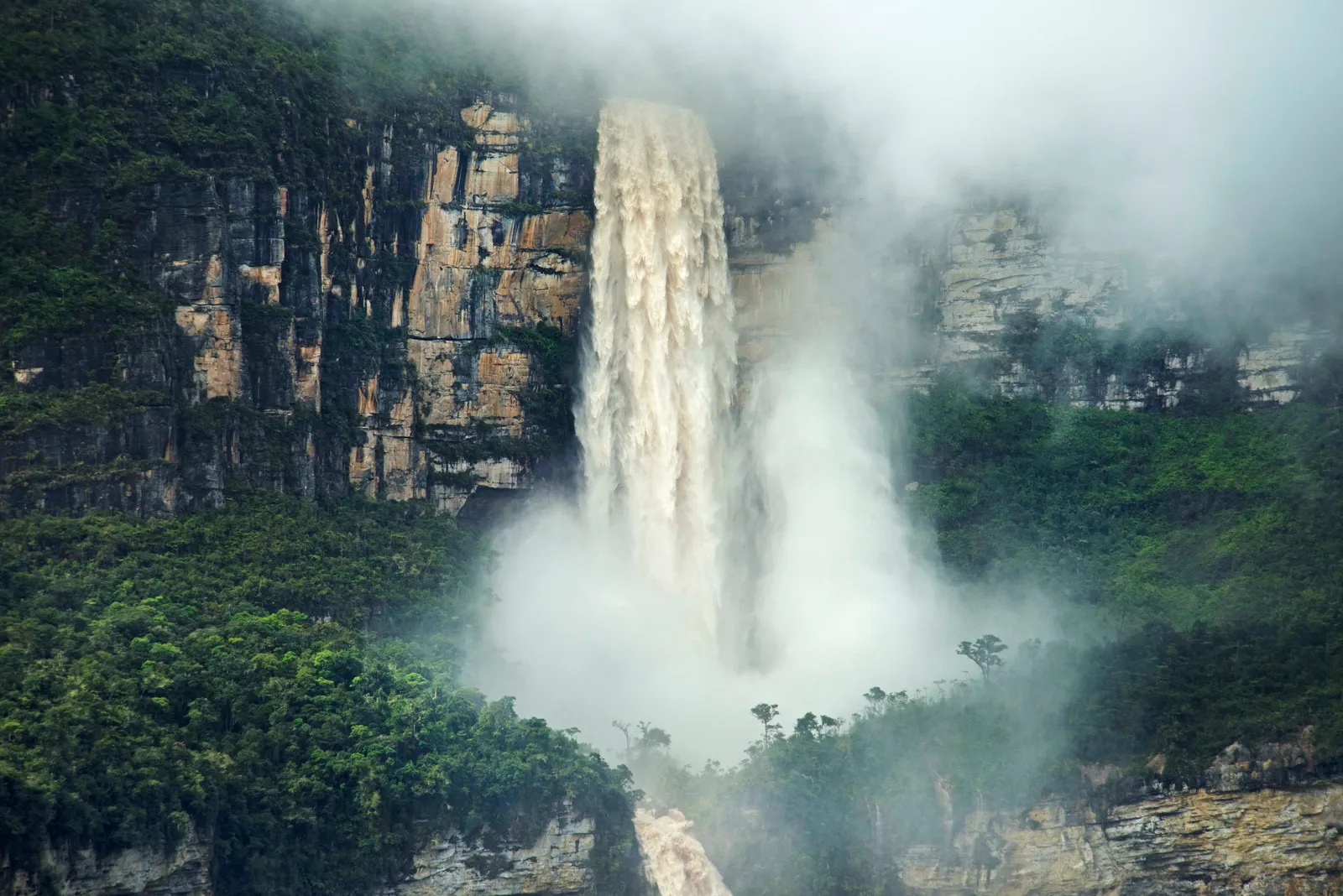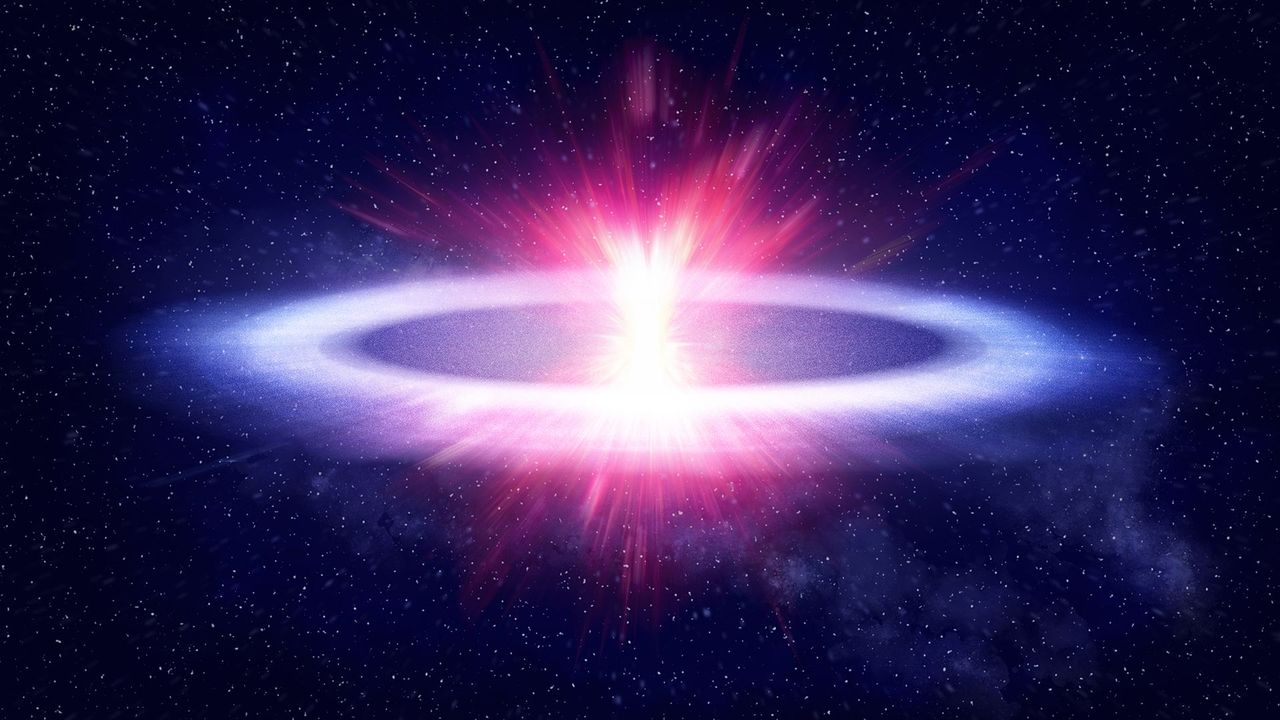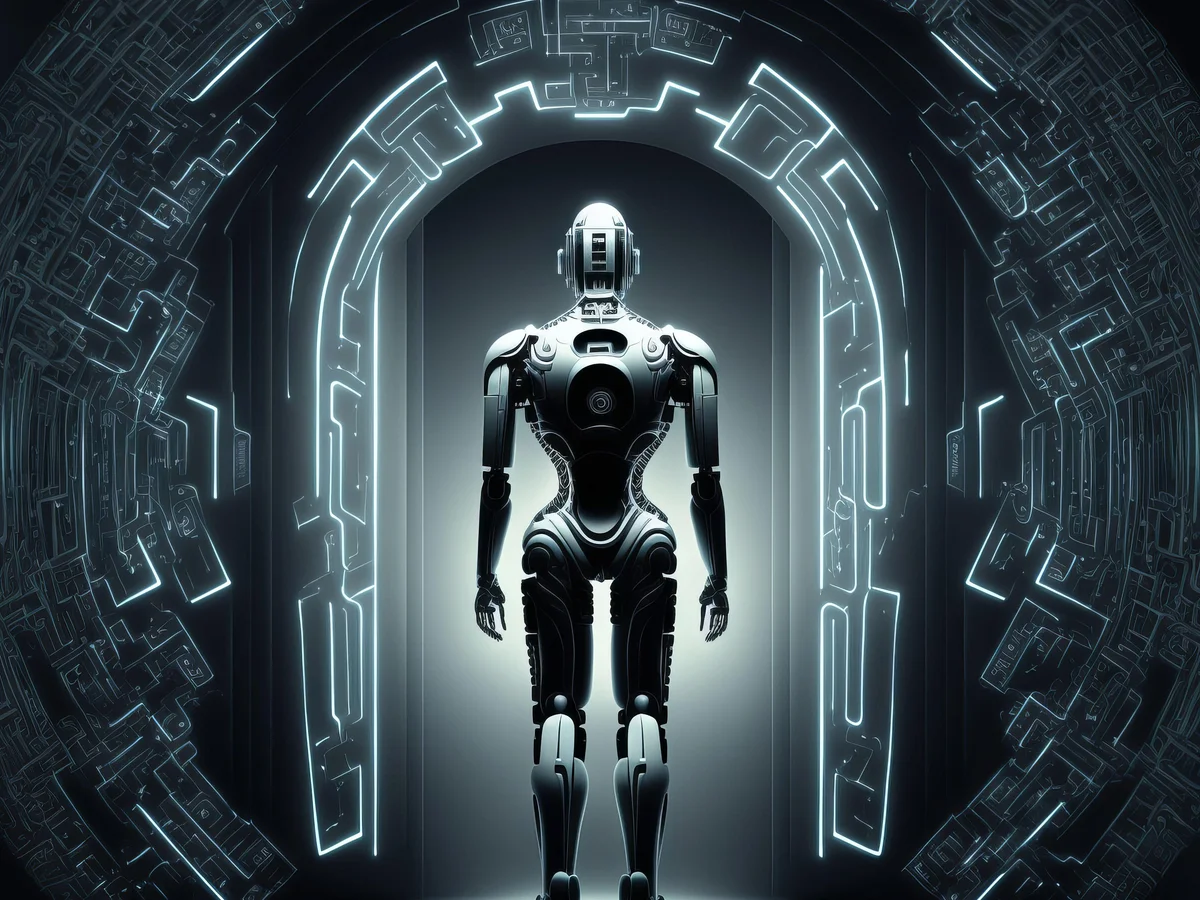
Far below the Pacific Ocean’s surface, in a desolate abyss called the Clarion-Clipperton Zone, lies a strange discovery that could change how we understand life itself. Here, scattered across the seafloor, are trillions of potato-sized rocks called polymetallic nodules. For years, these nodules were prized by mining companies for their rich deposits of nickel, cobalt, and copper, key ingredients for electric car batteries.
But scientists have now found something astonishing: these nodules can generate oxygen in complete darkness, 4,000 meters below sea level, where sunlight never reaches. The process, dubbed “dark oxygen,” could mean that oxygen on Earth didn’t just begin with photosynthetic organisms, it may also have come from the deep sea.
This discovery forces scientists to rethink how life began and even raises questions about the possibility of life on distant worlds like Europa or Enceladus. Yet, it also complicates the urgent debate around deep-sea mining. While companies see these nodules as a solution for green energy, many countries urge caution, fearing unknown ecological consequences.
The ocean still guards its greatest secrets, and “dark oxygen” is a reminder: before exploiting the deep, we must first understand it.
Tags:
Post a comment
White dwarf star feasts on twin, supernova looming!
- 12 Sep, 2025
- 2
Meta enables Business-AI chat on external sites!
- 03 Oct, 2025
- 2
When Apps turned policy : India’s geo-national tech rule!
- 29 Sep, 2025
- 2
When the machine says no : AI’s risks in finance!
- 16 Sep, 2025
- 2
Masin AI turns construction dispute cure into prevention!
- 13 Sep, 2025
- 2
Categories
Recent News
Daily Newsletter
Get all the top stories from Blogs to keep track.

















